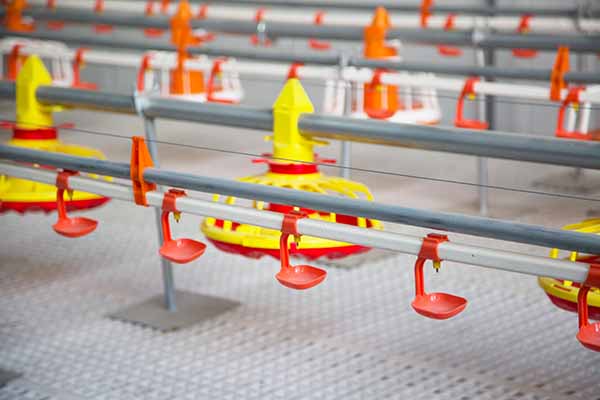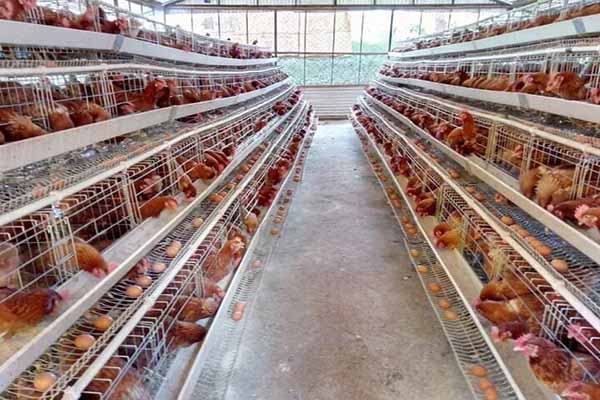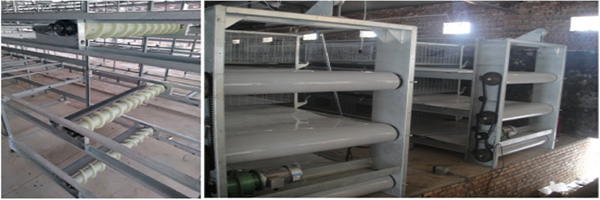Poultry Farm Equipment and Design Guide in Zambia
Time : 2025-07-01
Zambia, a country known for its rich agricultural resources, has seen a growing interest in poultry farming as a means of increasing food security and generating income. The selection and design of equipment for poultry farms are crucial factors that can significantly impact the efficiency and profitability of the operation. This guide aims to provide valuable insights into the selection and design of poultry farm equipment in Zambia.
Introduction to Poultry Farming in Zambia
Poultry farming in Zambia is diverse, ranging from small-scale backyard operations to large commercial farms. The country’s favorable climate and availability of land make it an ideal environment for poultry production. However, to ensure sustainable and efficient poultry farming, the right equipment and design are essential.
Key Considerations for Poultry Farm Equipment
1. Brooder Houses
Brooder houses are critical for the initial stage of poultry development. In Zambia, where the climate can be harsh, the design of these houses should be robust and able to maintain optimal temperature and humidity levels. The following are key features to consider:

- Insulation: Proper insulation helps retain heat and reduce energy costs.
- Ventilation: Adequate ventilation is necessary to ensure a healthy environment for the chicks.
- Heating Systems: Reliable heating systems are essential to maintain the right temperature, especially during the cooler months.
- Water and Feed Systems: Easy-to-maintain water and feed systems are crucial for the chicks’ growth and development.
2. Grow-out Houses
Grow-out houses are designed for the second stage of poultry development. They should be spacious enough to accommodate t he growing birds while providing a safe and hygienic environment. Key features to consider include:
he growing birds while providing a safe and hygienic environment. Key features to consider include:
- Space: Ensure that there is enough space for the birds to move around without overcrowding.
- Lighting: Proper lighting can help regulate the birds’ growth cycle and egg production.
- Water and Feed Systems: As with brooder houses, reliable water and feed systems are essential.
- Manure Management: Efficient manure management systems are necessary to maintain a clean and healthy environment.
3. Feeders and Drinkers
Feeders and drinkers are essential for providing the birds with a consistent and easy-to-access food and water supply. In Zambia, the following factors should be considered:
- Capacity: Ensure that the feeders and drinkers are large enough to handle the number of birds on the farm.
- Material: Choose materials that are durable and resistant to corrosion.
- Adjustability: Select feeders and drinkers that can be easily adjusted to accommodate different stages of poultry growth.
4. Eggs Handling Equipment
Egg handling equipment is crucial for the collection, sorting, and storage of eggs. In Zambia, consider the following when selecting egg handling equipment:
- Sanitation: Ensure that the equipment is easy to clean and sanitize to maintain hygiene.
- Capacity: Choose equipment that can handle the expected egg production volume.
- Efficiency: Opt for equipment that minimizes the risk of damage to the eggs during handling.
Designing an Efficient Poultry Farm in Zambia
1. Site Selection
The choice of location is crucial for the success of a poultry farm. In Zambia, the following factors should be considered when selecting a site:
- Accessibility: Ensure that the site is easily accessible for the transportation of feed, equipment, and poultry.
- Water Source: A reliable water source is essential for farm operations.
- Proximity to Markets: Being close to markets can reduce transportation costs and improve the farm’s profitability.
2. Layout Planning
The layout of the farm should be designed to optimize efficiency and reduce waste. Consider the following when planning the layout:
- Separation of Flocks: Keep different age groups or breeds of poultry separate to minimize disease transmission.
- Flow of Traffic: Design the farm to ensure a smooth flow of people, animals, and equipment.
- Manure Disposal: Have a clear plan for the collection and disposal of manure.
3. Environmental Control
Effective environmental control is vital for the health and well-being of the poultry. Consider the following when designing the farm’s environmental control system:
- Temperature and Humidity: Use appropriate equipment to maintain optimal temperature and humidity levels.
- Air Quality: Ensure good air quality by controlling dust, ammonia, and other harmful gases.
- Lighting: Use lighting systems to regulate the birds’ growth and egg production.
Conclusion
Effective poultry farm equipment and design are essential for the success of poultry farming in Zambia. By carefully selecting the right equipment and planning the farm layout, poultry farmers can create a sustainable and profitable operation. This guide provides a comprehensive overview of the key considerations for poultry farm equipment and design in Zambia, helping farmers make informed decisions for their operations.
farm equipment and design in Zambia, helping farmers make informed decisions for their operations.











